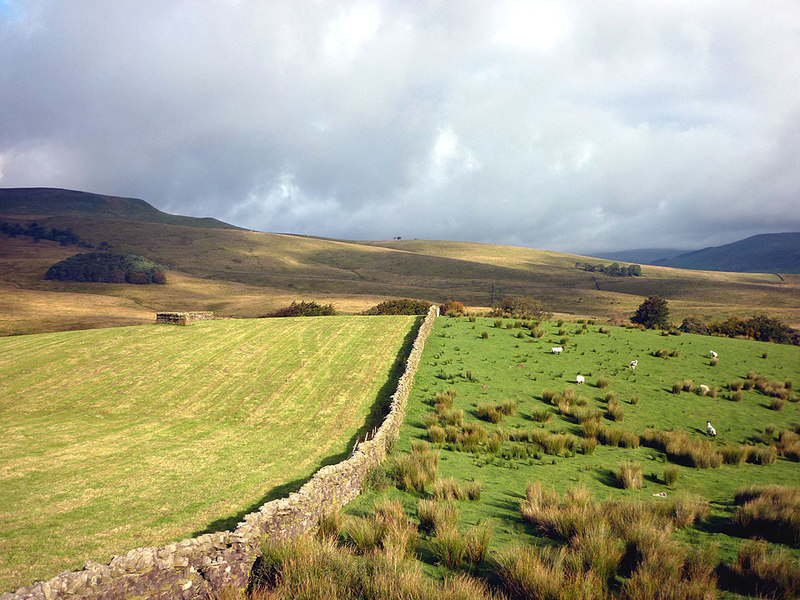Rough Pasture on:
[Wikipedia]
[Google]
[Amazon]
 Rough pasture or rough grazing is non-intensive
Rough pasture or rough grazing is non-intensive
 Rough pasture or rough grazing is non-intensive
Rough pasture or rough grazing is non-intensive grazing
In agriculture, grazing is a method of animal husbandry whereby domestic livestock are allowed outdoors to free range (roam around) and consume wild vegetations in order to feed conversion ratio, convert the otherwise indigestible (by human diges ...
pasture
Pasture (from the Latin ''pastus'', past participle of ''pascere'', "to feed") is land used for grazing.
Types of pasture
Pasture lands in the narrow sense are enclosed tracts of farmland, grazed by domesticated livestock, such as horses, c ...
, commonly found on poor soils, especially in hilly areas, throughout the world.
In agricultural environment, it is an area outside of a field, a meadow
A meadow ( ) is an open habitat or field, vegetated by grasses, herbs, and other non- woody plants. Trees or shrubs may sparsely populate meadows, as long as they maintain an open character. Meadows can occur naturally under favourable con ...
or an area without any or with few trees. This area is not fertilized nor is fodder
Fodder (), also called provender (), is any agriculture, agricultural foodstuff used specifically to feed domesticated livestock, such as cattle, domestic rabbit, rabbits, sheep, horses, chickens and pigs. "Fodder" refers particularly to food ...
taken there. Rough pastures are often rich biomes
A biome () is a distinct geographical region with specific climate, vegetation, and animal life. It consists of a biological community (ecology), community that has formed in response to its physical environment and regional climate. In 1935, Art ...
with great biodiversity
Biodiversity is the variability of life, life on Earth. It can be measured on various levels. There is for example genetic variability, species diversity, ecosystem diversity and Phylogenetics, phylogenetic diversity. Diversity is not distribut ...
, sometimes with endangered species because they offer many different kinds of habitats for many different plant, mushroom, insect and bird species. If near fields, they can be beneficial for cultivation when pollinators
A pollinator is an animal that moves pollen from the male anther of a flower to the female stigma of a flower. This helps to bring about fertilization of the ovules in the flower by the male gametes from the pollen grains.
Insects are the ma ...
and beneficial insects
Beneficial insects (sometimes called beneficial bugs) are any of a number of species of insects that perform valued services like pollination and pest control. The concept of ''beneficial'' is subjective and only arises in light of desired outcom ...
visit a field from rough pastures.
Grazing these pastures is beneficial for animals as they get to practice natural behaviours for their species. Different shapes in the landscape give them a more diverse range of exercise and diverse vegetation can be beneficial for the immune system of the animals.
References
External links
* Hill Plan Examples,Macaulay Institute
The Macaulay Institute, formally the Macaulay Land Use Research Institute and sometimes referred to simply as The Macaulay, was a research institute based at Aberdeen in Scotland, which is now part of the James Hutton Institute. Its work cov ...
, Aberdeen
Aberdeen ( ; ; ) is a port city in North East Scotland, and is the List of towns and cities in Scotland by population, third most populous Cities of Scotland, Scottish city. Historically, Aberdeen was within the historic county of Aberdeensh ...
, Scotland
Scotland is a Countries of the United Kingdom, country that is part of the United Kingdom. It contains nearly one-third of the United Kingdom's land area, consisting of the northern part of the island of Great Britain and more than 790 adjac ...
Livestock
{{agri-stub